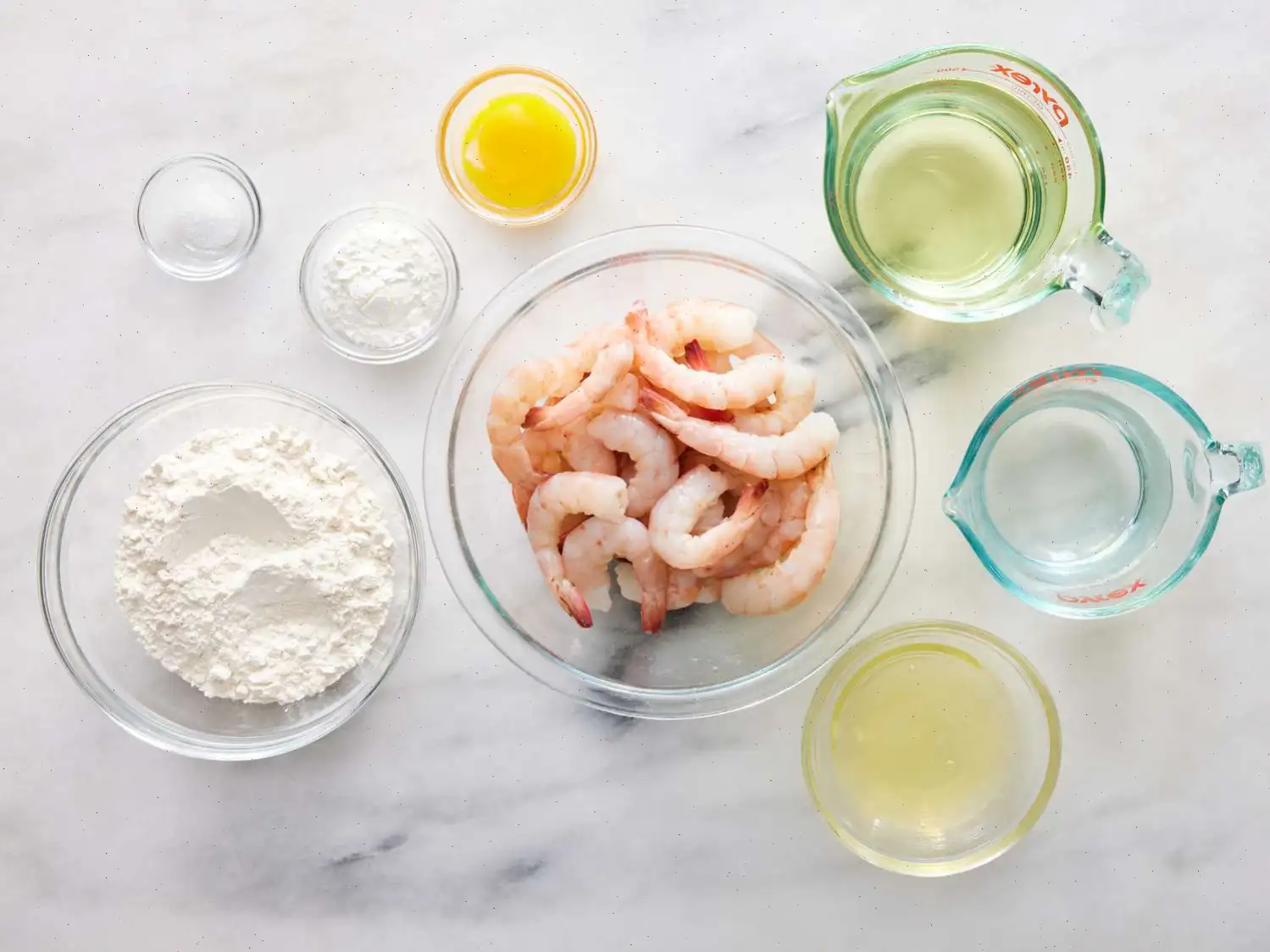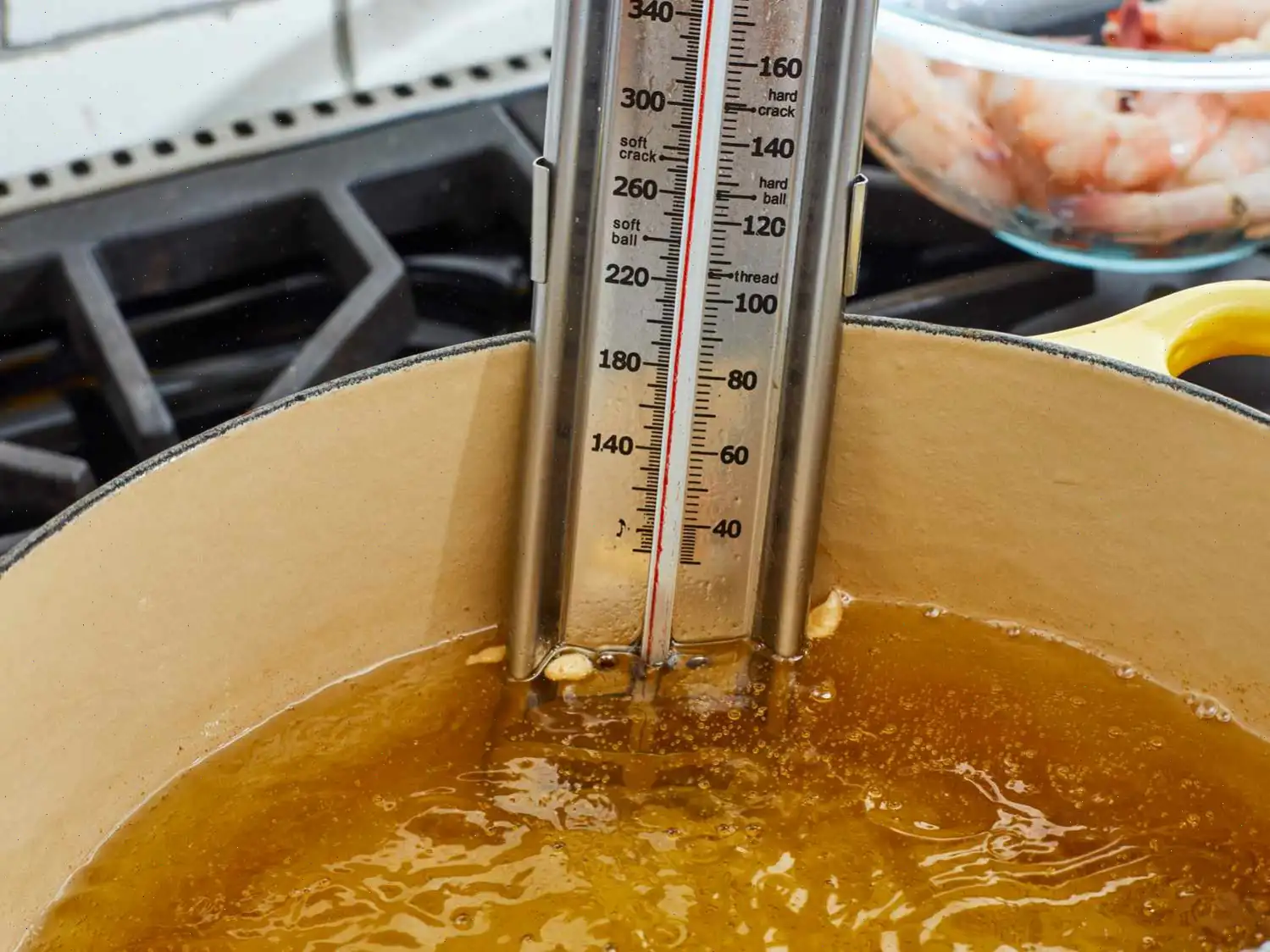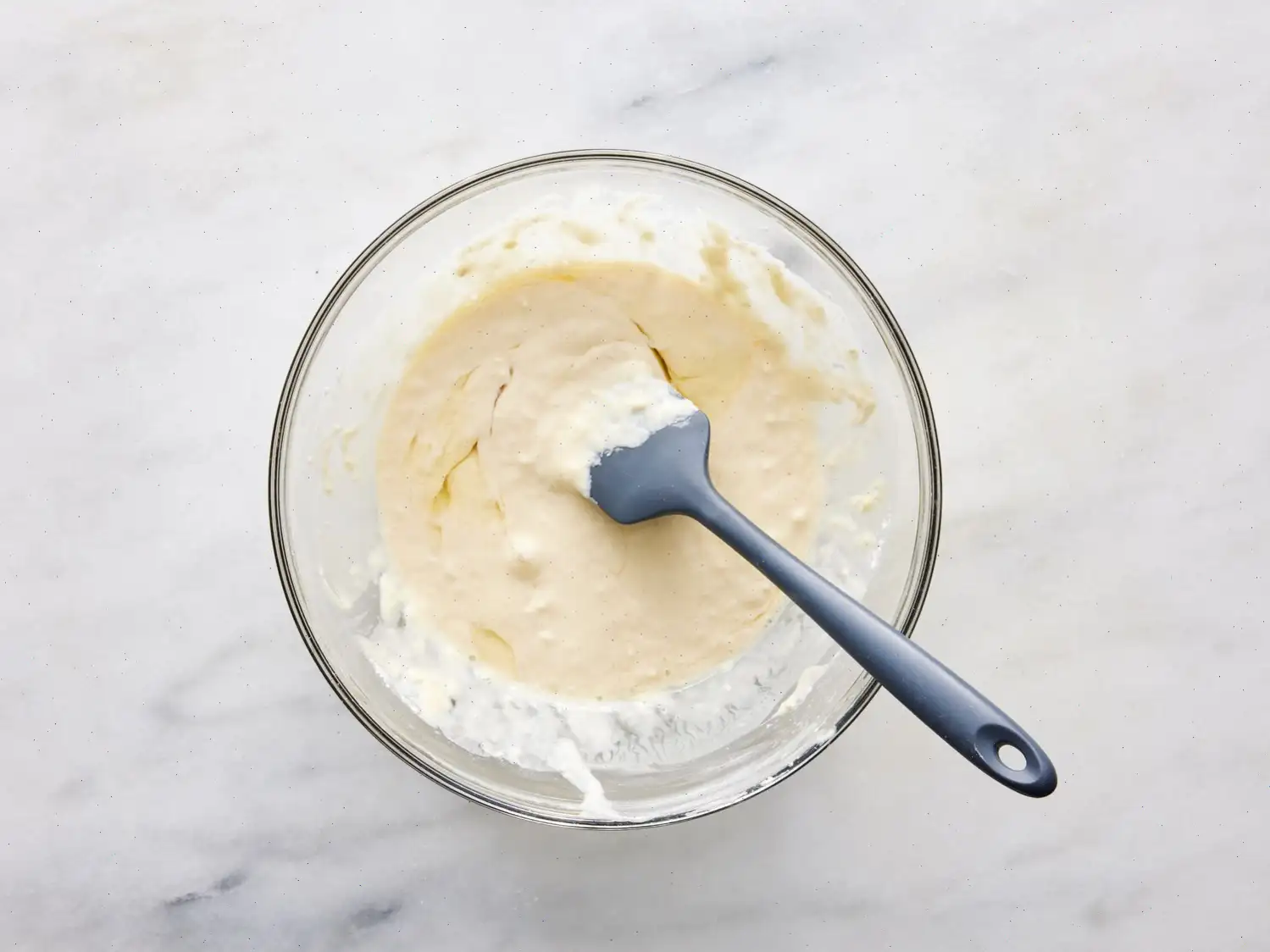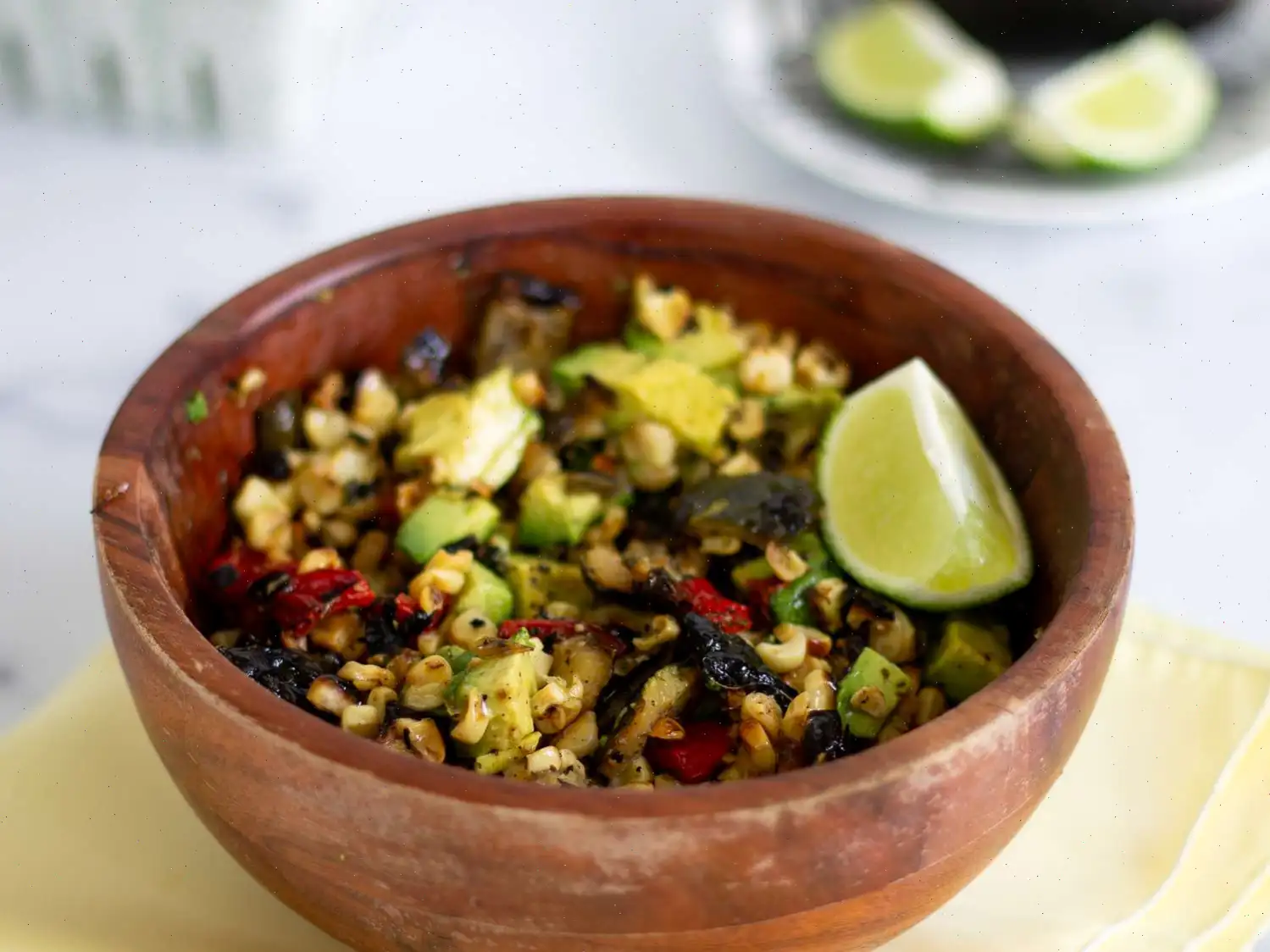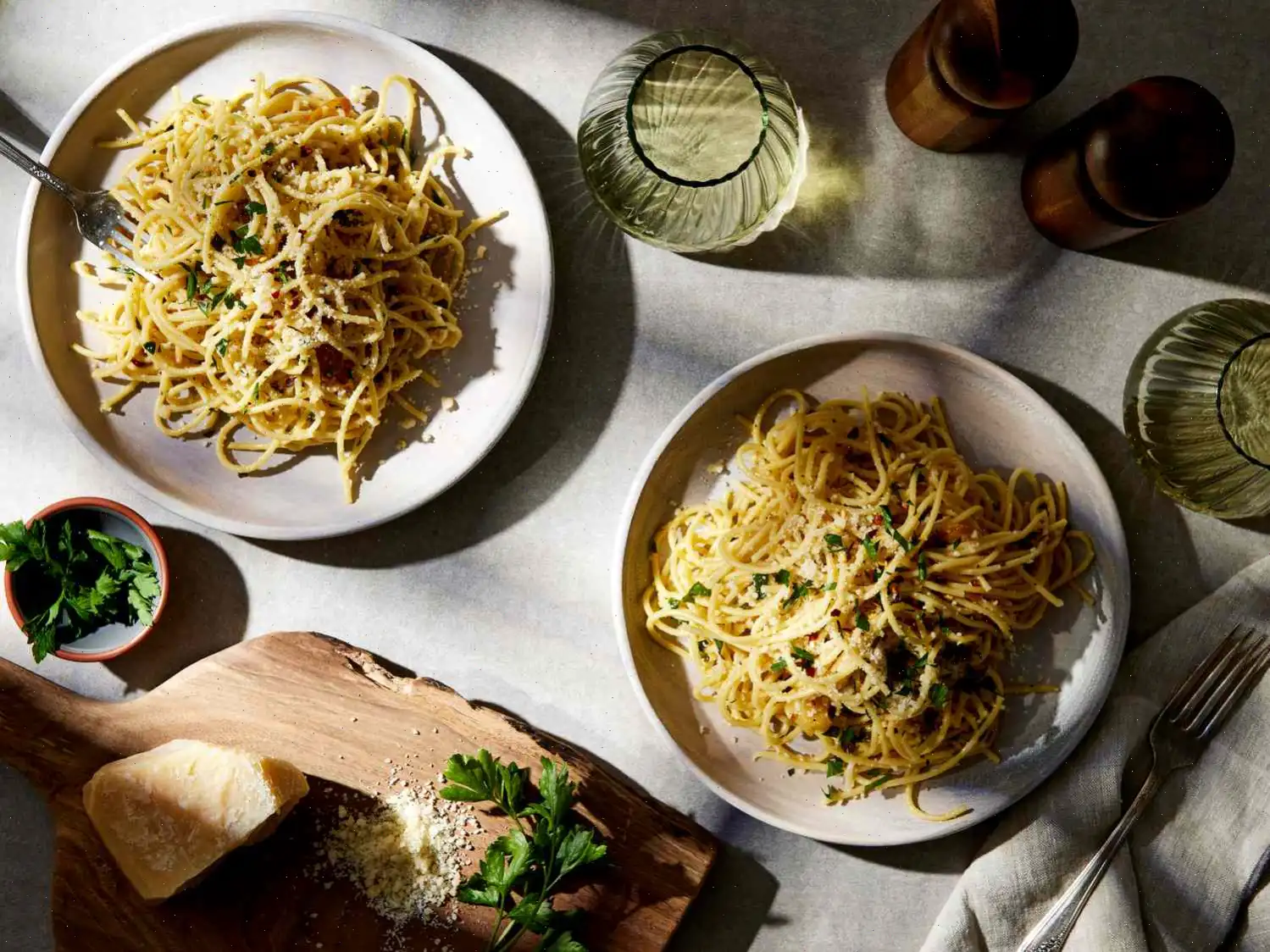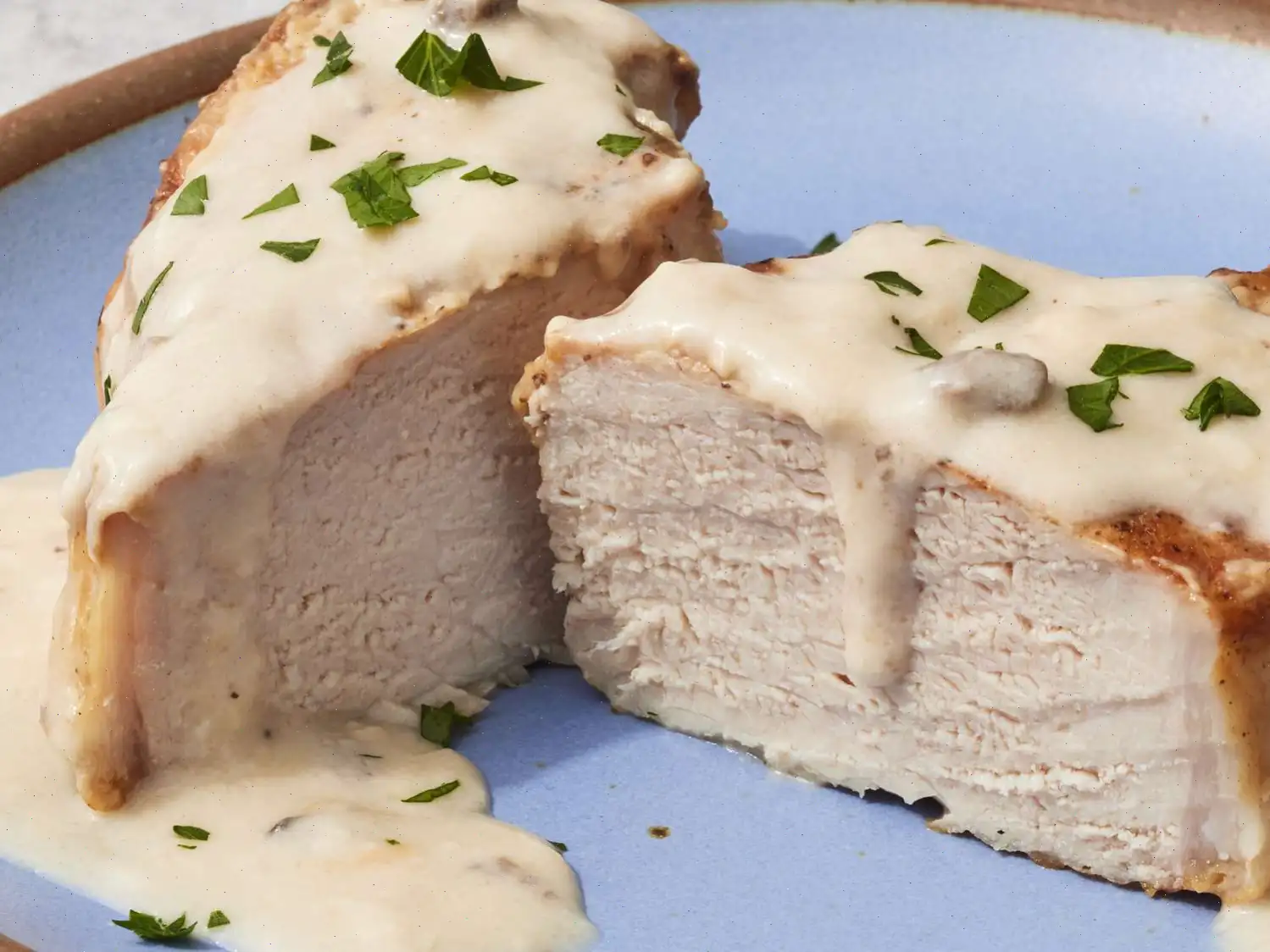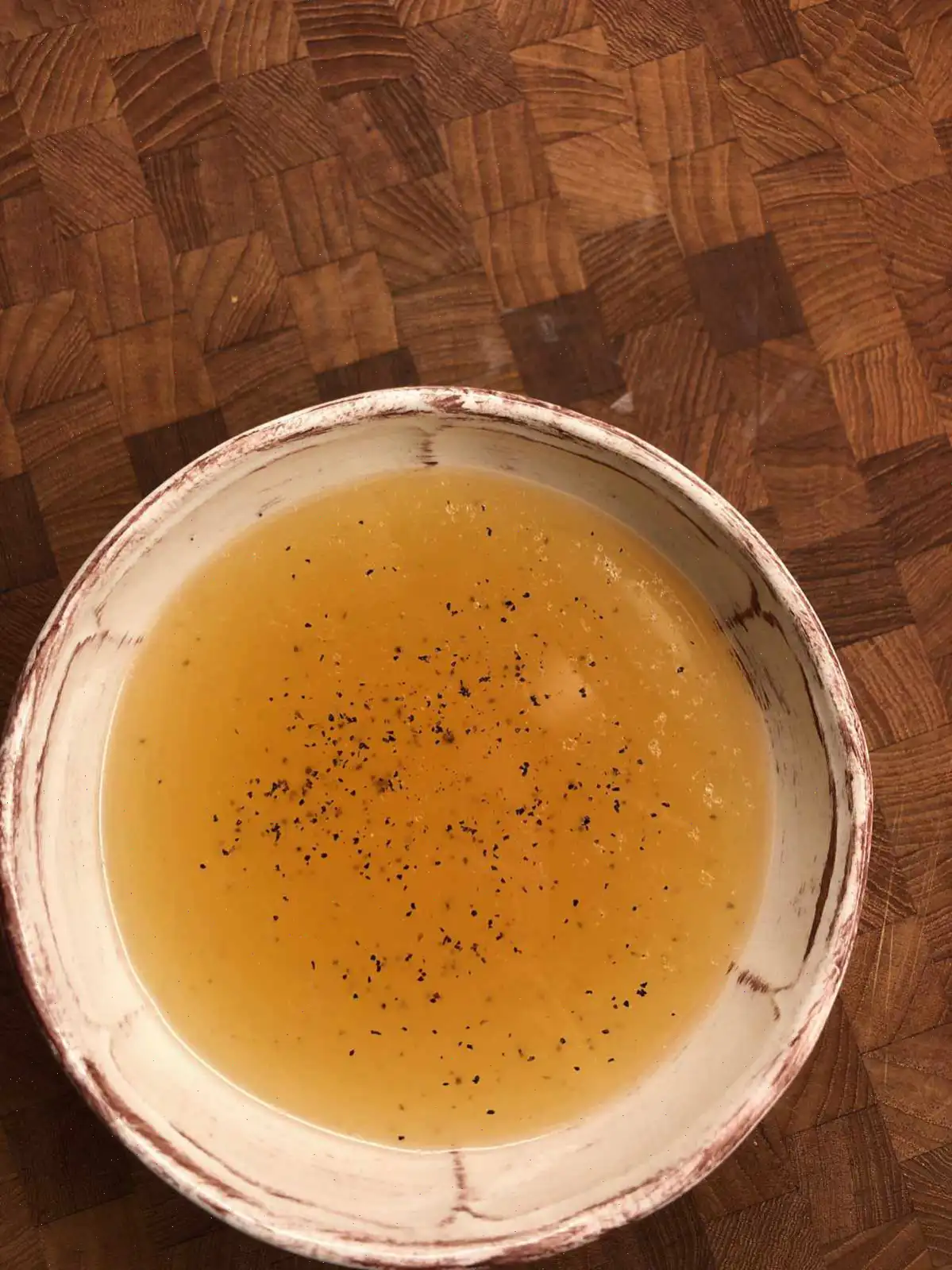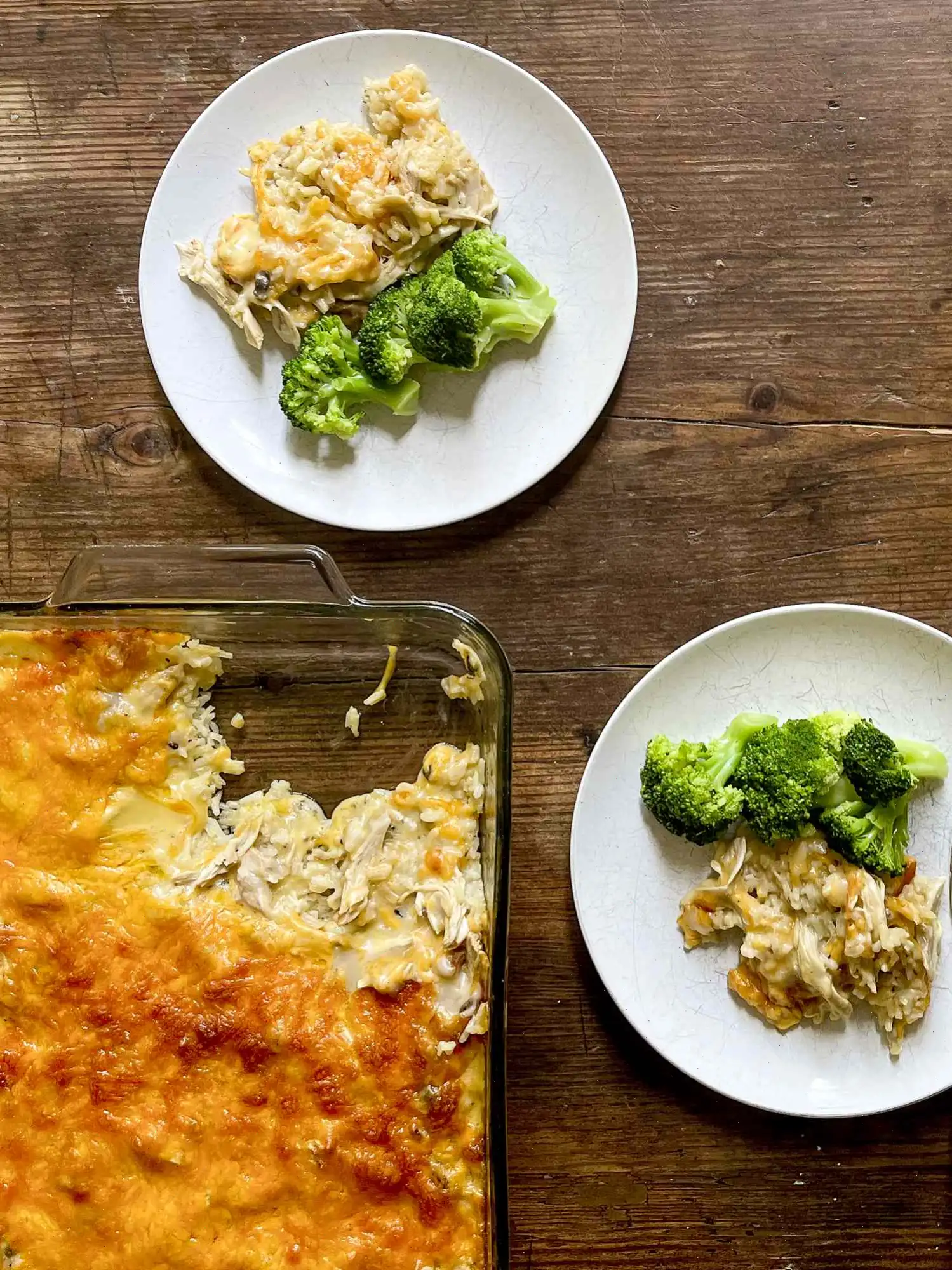
Crispy Shrimp Tempura Recipe
Tempura Shrimp
Ingredients
- 2 cups vegetable oil for frying
- 1 cup all-purpose flour
- 2 tablespoons cornstarch
- 1 pinch salt
- 1 cup water
- 1 large egg yolk
- 2 large egg whites, lightly beaten
- 1 pound medium shrimp, peeled and deveined, tails left on
Directions
- Gather all ingredients and prepare them for use.
- Heat oil in a deep fryer to 375F (190C).
- In a large bowl, whisk together the flour, cornstarch, and salt. Make a well in the center of the dry ingredients.
- Pour the water and egg yolk into the well. Mix gently until the batter is just moistened; it will remain lumpy. Do not overmix.
- Stir in the lightly beaten egg whites until fully combined.
- Dip one shrimp at a time into the batter, ensuring it is coated. Avoid dipping the tail.
- Carefully place three battered shrimp into the deep fryer. Fry for about 1 minutes or until golden brown and crispy.
- Using a slotted spoon, remove the shrimp from the fryer and drain on a paper towel-lined plate.
- Repeat the process with the remaining shrimp, frying a few at a time while the previous batch drains.
Editor's Note: The nutrition data includes the full amount of tempura batter ingredients. The actual amount consumed will vary. The oil absorption is calculated based on a retention rate of 10%, but this can vary depending on cooking time and oil temperature.
Nutrition Facts (per serving)
- Calories: 1222
- Total Fat: 112g (144% Daily Value)
- Saturated Fat: 15g (74% Daily Value)
- Cholesterol: 173mg (58% Daily Value)
- Sodium: 210mg (9% Daily Value)
- Total Carbohydrate: 29g (10% Daily Value)
- Dietary Fiber: 1g (3% Daily Value)
- Protein: 26g (53% Daily Value)
- Vitamin C: 2mg (3% Daily Value)
- Calcium: 66mg (5% Daily Value)
- Iron: 4mg (23% Daily Value)
- Potassium: 244mg (5% Daily Value)
* Percent Daily Values are based on a 2,000 calorie diet. Your daily values may be higher or lower depending on your calorie needs.
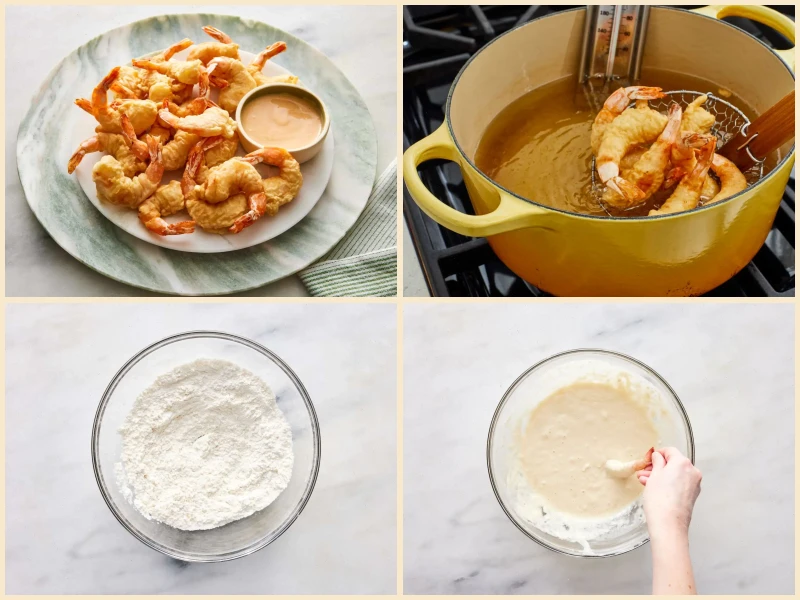

Tempura is one of Japan's most beloved dishes, known for its light, crispy batter and flavorful fillings, from vegetables to seafood. Among the various tempura offerings, the crispy shrimp tempura stands out for its tender shrimp encased in a crunchy, delicate batter that tantalizes the taste buds.
History and Origins of Tempura
Tempuras roots can be traced back to the 16th century when Portuguese missionaries brought their method of frying food in batter to Japan. Initially, the dish was referred to as "peixe frito," meaning fried fish. As time passed, the Japanese adapted the recipe to suit their culinary preferences, using local ingredients like seafood, vegetables, and unique spices. By the 18th century, tempura had evolved into a distinct and beloved component of Japanese cuisine. Today, it is a fixture in both home kitchens and high-end Japanese restaurants worldwide.
Regional Variations of Tempura
Tempura is found across Japan, with each region adding its own twist. In Kanto, the area around Tokyo, tempura is typically served with a dipping sauce made from soy sauce, mirin, and dashi. In contrast, in the Kansai region, around Osaka and Kyoto, tempura may be paired with a lighter, sweeter sauce, and sometimes served on top of rice as part of a donburi (rice bowl) dish. Additionally, while shrimp tempura is a staple, regional specialties may feature local fish, vegetables, or even sweet potatoes, all expertly fried in a light batter.
How It Differs From Similar Dishes
While many cultures have their own versions of fried food, tempura stands apart due to its uniquely light and airy batter. Unlike the thicker coatings found in deep-fried foods like Southern fried chicken or English fish and chips, tempura batter is made with cold water, flour, and a small amount of cornstarch, which results in a delicate, crispy texture. Moreover, tempura tends to be fried at a higher temperature and served immediately, ensuring that it maintains its crispness. This differentiates tempura from other fried dishes that can sometimes become soggy or greasy.
Where Is Tempura Typically Served?
Tempura is commonly served in various formats. It can be enjoyed as an appetizer in Japanese restaurants or as a main course when served over rice in dishes like tendon (tempura over rice) or tempura udon (tempura with noodles). Tempura is also a popular choice for bento boxes, often accompanied by steamed rice and pickles. In Japan, it is often served in specialized tempura restaurants where chefs prepare it to order, ensuring the utmost freshness and crispness.
Interesting Facts About Tempura
- Tempura was originally a form of Christian fasting food, introduced by the Portuguese missionaries during Lent.
- In Japan, the word "tempura" is believed to have been derived from the Latin word "tempora," meaning "times" or "seasons," a reference to the days on which missionaries ate fried food as part of religious observances.
- In Japan, tempura batter is traditionally mixed with chopsticks to prevent overmixing, which can affect the crispiness of the batter.
- One of the key elements of great tempura is the oil temperature. The ideal frying temperature is around 375F (190C), which ensures the batter becomes crispy without absorbing too much oil.
Whether you enjoy it in a traditional Japanese restaurant or prepare it at home with our crispy shrimp tempura recipe, this dish represents a perfect fusion of cultural history and culinary craftsmanship.
FAQ about Crispy Shrimp Tempura Recipe
Comments
Thomas Moore
06/15/2024 07:10:31 AM
Simple and quick recipe to follow. I decided to add fried onion and sweet potato slices, both cut about 1/4 inch thick, and they turned out delicious. I fried the vegetables before the shrimp to maintain a distinct flavor for each. I separated the batter into two portions, one for the vegetables and one for the shrimp.
Betty Young
12/28/2022 04:07:34 PM
After reading some reviews mentioning a lack of flavor, I decided to enhance the flour mixture with black pepper and Old Bay seasoning. Despite not being worried about the batter's lack of browning, since I haven't seen brown tempura in genuine restaurants before, I found it didn't achieve the desired level of crispiness. I fried it at a high temperature, resulting in a non-greasy and non-soggy outcome, but it fell short on crispiness. I'm considering whether a brief dip in panko after the batter could better satisfy our cravings for that elusive crunch.
Pamela Garcia
08/05/2023 06:27:07 PM
I made an effort...I really did. Unfortunately, my first attempt turned out quite lackluster and not crispy at all. After adding pepper, salt, sriracha sauce, and a bit more corn starch, it improved in both crispiness and flavor. Next time, I intend to experiment with a different recipe.
Catherine Anderson
07/21/2023 04:31:42 AM
The shrimp lacked flavor, got excessively stuck to the fry basket, and weren't sufficiently crispy.






